Hurricane-induced Selection on the Morphology of an Island Lizard – Nature (2018)
Hurricanes are catastrophically destructive and can have long-lasting effects on ecological systems. For instance, the Atlantic hurricane season of 2005 was a particularly strong one with record breaking 27 named storms. Mass mortality observed after hurricanes may be a force of natural selection. The hypothesis that destructive events such as hurricanes could drive natural selection has been controversial. In order to test this, scientists surveyed a common, small-bodied lizard (Anolis scriptus) that lives throughout the Turks and Caicos archipelago before […]

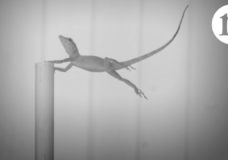

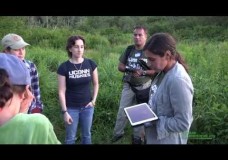
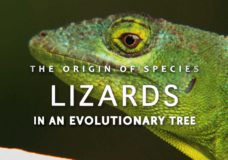

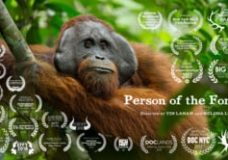
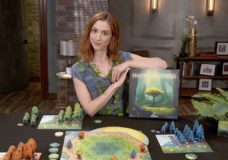
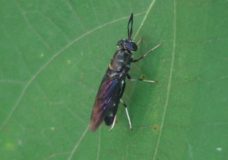
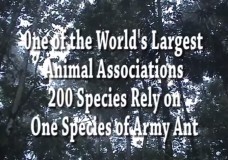
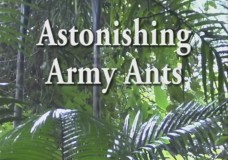
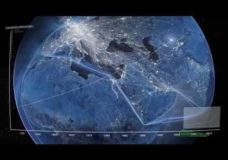



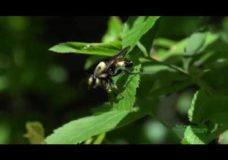

Recent Comments